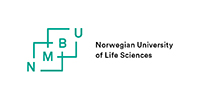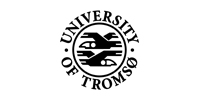The plantar / tibial / sciatic nerve acts as both the afferent pathway and efferent pathway. The spinal root is L5-S2.
- Grasp the ankle and use one hand to fix the foot on the examination table.
- Using the blunt end of a cotton swab, or handle of the reflex hammer, stroke the lateral side of the sole and then the ball of the foot, first gently and then more firmly if necessarily [Figure 92].
- Note the reaction in the big toe. Plantar flexion is normal. Extension, possibly combined with flexion of the entire leg is pathological and indicates a lesion in the pyramidal tract (= Babinski’s reflex). If there is no reaction, other factors may be responsible such as cold feet. Repeat the test after warming the feet or a day later. If there is no visible reaction in the big toe, paralysis of the extensor hallucis longus muscle may be the cause. In this case, a lesion in the pyramidal tract can be demonstrated by means of the following two reflexes: Bechterew-Mendel relex (deep tendon) and Rossolimo’s reflex (deep tendeon).
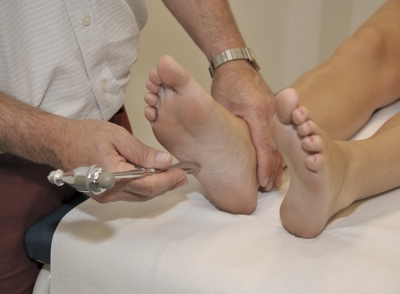 Figure 92
Figure 92
Bechterew-Mendel reflex (deep tendon)
- Using the reflex hammer, strike just proximally to the base of the toes on the lateral dorsum of the foot [Figure 93]. No reaction is normal; a short gripping movement of the toes indicates a pyramidal lesion.
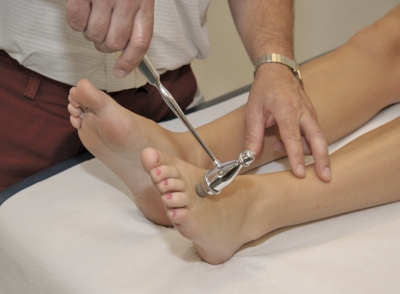 Figure 93
Figure 93
Rossolimo’s reflex (deep tendon)
- Use the reflex hammer to strike the ball of the foot [Figure 94].
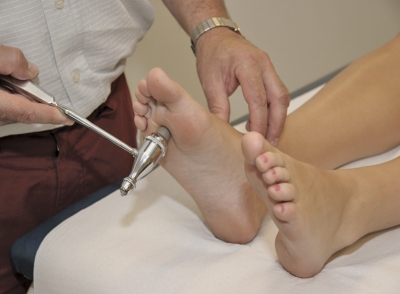 Figure 94
Figure 94
No reaction is normal; a short gripping movement of the toes indicates a pyramidal lesion.













